During my 16 years as CEO of Hays, I saw many hundreds of talented people progress through the business. There are many qualities in a person that enables a successful career progression, but one common theme that always seemed to be there and which helped define them was their ability to work effectively within a team. It may sound obvious, but how often do we call out that skill, identify it, nurture it, train it, even require it? Less often than should be the case.
We’ve all been there. When you’re part of a great team, everyone feels it. It could be at work, it could be in a sports team, it could be volunteering in our local communities. It’s a joy to participate, relationships are formed and strengthened, extraordinary results are realised. On the other hand, when you’re part of an ineffective team, everyone feels that too. Conversations are fractious, people disengage, results are not delivered – frequently you simply can’t wait to get out. So why can one group of quite disparate people with different backgrounds, skills and points of view all get on and deliver something special and do it in a galvanising way, when a similar group struggle? It’s a question which has had managers and leaders scratching their heads for years. Yet surely unlocking whatever is that ‘secret sauce’ must be vital in maximising our chances of success in business (or sports, or any other endeavour where we have to pull together to achieve something). Is there a recipe to make a new team great or an existing team more effective? If you’re the manager of the team, what specific actions can you deliberately take to lead in a way that will make everyone feel that they’re a part of something that’s really making a difference? If you’re a team member, what frame of mind do you need to be in to maximise both your own input as well as create the maximum from a team so the output is greater than the sum of the parts?
A lot has been researched and written over the years to try and provide the answers to these quite simple questions. But none of it to date seems to have landed in a way that makes ‘optimising team performance’ more industrialised as a process – more science than art. We create processes to build software and systems in better ways, to develop people’s careers more effectively, to recruit staff in a more productive manner and these all become the new norm. But getting teams to work in the most optimum way? Not yet done in my view. However, when I step back and think about all the teams I have been on over my life, and there have been a great many, with a wide range of dynamics, there is one common theme running through them that is correlated with the results of that team: connection. What I have found is that when team members are connected with each other, when they understand and respect one another and when they understand each other’s behaviours and motivations and where they are coming from, it creates a team feeling that is hard to beat. Everyone feels it. There is an energy and a feeling that we’re all in this together. I’ve got your back - we’re a team. I can disagree with you and we can sort out a solution, but we are still a unit delivering extraordinary results. When connection does not exist, we are merely a bunch of silo-ed humans, ringfenced from each other, operating in our own individual styles, fighting for our own point of view and disregarding the rest. No wonder results are hard to come by in an environment like that. But let’s be honest – we've all been there and some of you reading this might be there right now!
Poor team dynamics breed disengagement, so no wonder there is also a growing sense of disaffection in the world of work and some quite disturbing trends emerging. Gallup recently released its State of the Global Workforce report for 2024 which makes for alarming reading. Wellbeing among young people has dropped, 20% of the world’s workforce feels loneliness daily at work and managers have more daily negative experiences than non-managers. This is despite ‘workforce wellbeing’ and mental health awareness being so high on the agenda for many years now, particularly since Covid. The UK is struggling with record numbers of people of working age simply dropping out of the labour pool, often due to long term sickness caused by stress, anxiety and depression. High levels of disengagement at work are not going to help turn that situation around, and many other countries are struggling with the same issue. Yet we plough on in the new post-Covid world of work doing the same old things, and expecting a different and better outcome. Whereas things are very different. Hybrid and remote working offer opportunities to a breadth of talented workers who may not have been able to take a role before, not to mention the benefits of work-life balance. However, connections are very difficult to create and nurture if you never actually see someone in real life, or maybe do once a week. When I talk about connection, I do not mean a superficial knowledge of someone, who they are and what they do. I’m talking about a deeper understanding of what makes up that person and an ability to build a level of ‘relatedness’ with them. My own experience is creating that depth of connection is hard, takes effort and needs very regular interactions to keep alive.
So, there is the business case. Optimised teams deliver superior performance, while sub-optimal teams do not just under-deliver, they breed discontent. Surely that’s an opportunity to create a new norm in the way we manage teams? In my career, I’ve watched teams thrive and others crumble. I’ve seen managers lead with confidence and others struggle to know where to turn, and the latter isn’t necessarily a poor leader. They’re a leader without the tools to succeed.
So, here’s a way forward to give them the tools. At the end of the day, we are dealing with people and people science has years of experience in understanding what makes people tick. Previously, I’d only used psychometric assessments, one of the outputs of people science, in recruitment. It’s an excellent way to predict success in a role for a candidate and understand their behaviour type, personality and learning style. But when Gartner highlighted the need in 2024 to focus on workplace culture connectedness, I asked myself the question: Can we use people insights to enable colleagues to build better connections? Undoubtedly the answer is Yes.
Imagine this: everyone in your team uses people science to build their profile. They’re provided with insights into their behaviour and personality, and they can share it with their colleagues. No answer is right or wrong: think of it instead as an accurate picture of who they are and how they are. They have the lightbulb moment of self-awareness and validation that they can ask to work in a way that suits them (a structured meeting, a brainstorm, a clear plan of action…), and what’s more, they can see what’s important to their colleagues and how they best work. They can finally understand their colleagues in a new way and adjust to make each other feel respected, understood and heard. As an example, I once found out that a colleague of mine didn’t like to be put on the spot with questions. Nothing at all wrong with that, so I started sending out questions in advance so they could think it through. It made our meetings smoother and more productive. All because we were taking the time to understand each other and the people science accelerates that.
But can we bring these ‘people insights’ to the table in real time so we can understand what is going on with our dynamics when we are in full flow as a team? We can now because AI is giving us the tools to analyse live situations and provide an immediate insight into what is going on, behind the words that are being said. This helps us understand where connections are being reinforced or stretched, so we can react and improve things in real time. Thomas has built such a tool to use AI to help teams understand the makeup of the constituents, how to build the right connections between them and then importantly to coach team members in real time on how to approach a situation to get the best out of their colleagues, as well as themselves.
The old adage ‘people do business with people’ is still true, even in today’s tech-enabled world. So why not use people science to understand how people can do better business with people, and why not use AI to understand how to do that in real time? After all, connected teams are more productive, connected people are more engaged, connected managers are better empowered and this all leads to businesses becoming more successful and profitable with a more engaged (and retained) workforce.
Speaking from personal experience, being in a great team doesn’t just feel great... it’s great for business too.




